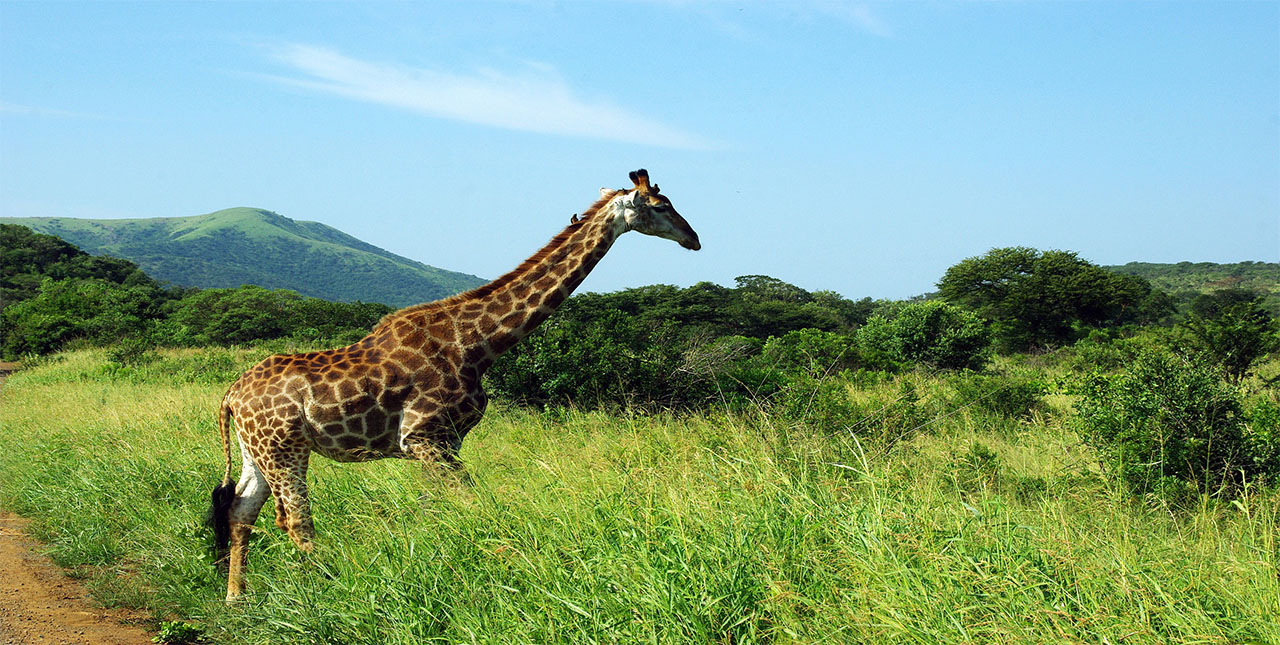MOUNTAIN TREKKING
Kilimanjaro, Africa’s highest mountain awaits the brave and the adventurous and takes in the area above 8,850 feet, or 2,700 meters.. It includes the moorland and highland zones, Shira Plateau, Kibo and Mawenzi peaks.

Kilimanjaro stands only 205 miles south of the equator, on the northern boundary of Tanzania. Its location on an open plain close to the Indian Ocean, and its great size and height strongly influence the climate, vegetation, animal life and the climbing conditions. It is made up of three extinct volcanoes: Kibo 19,340 feet (5,895 meters), Mawenzi 16,896 feet (5,149 meters); and Shira 13,000 feet (3,962 meters).

Even though you can climb throughout the year, January, February and September are the best months, with July, August, November and December also being good. The rainy period is March and June. The fact that most months of the year have so few rainy days makes it possible to climb in relatively good conditions year round. During the rainy period of March to May, clouds tend to pile up and over the summit, dropping snow on top and rain at the base. Visibility can be limited by cloud cover even when no rain falls.

The dry season, beginning in late June and through July can be very cold at night, but usually is clear of clouds. August and September are also cool and can have completely clear days, but usually a dripping cloud belt girdles the mountain above the forest and moorland. The summit can be totally clear and the successful climber looks down on a vast sea of clouds with distant mountain peaks poking through like islands.
The shorter rainy period of October to December often has thunderstorms that pass over the mountain, dropping rain as they go. Typically the clouds disappear in the evening, leaving nights and mornings clear with excellent visibility. January and February are usually dry, warm and clear with brief rain showers which makes for good climbing conditions.
Mount Kilimanjaro is divided into five distinct zones, starting with cultivated farmlands on the lowest levels. Higher up is the rainforest zone, followed by heath and moorland with alpine vegetation. Just before the barren, snowy summit is highland desert. The climate and animal life is dependent on the zone, with elephant, buffalo, rhino, leopard, monkeys and a variety of bird life plentiful in the lower zones.
.





